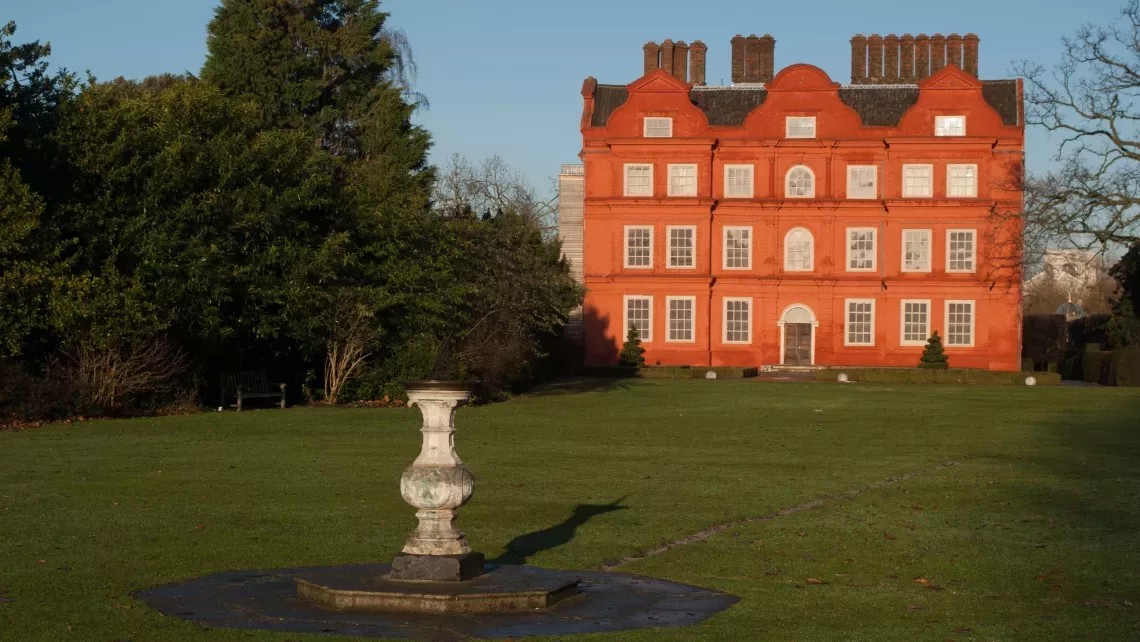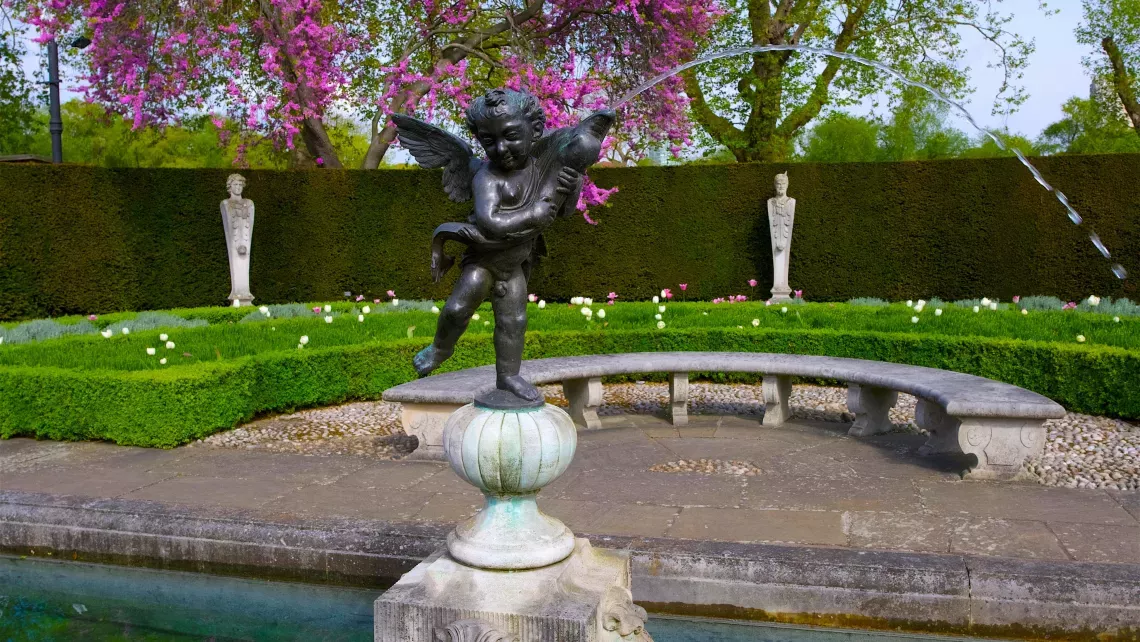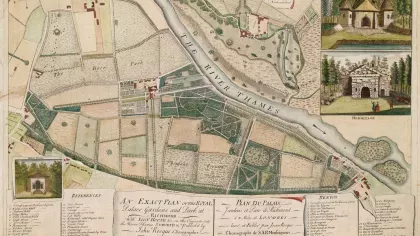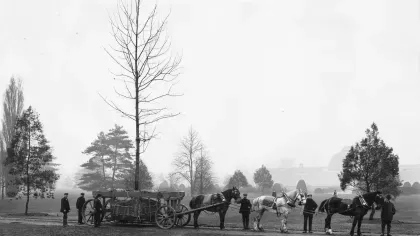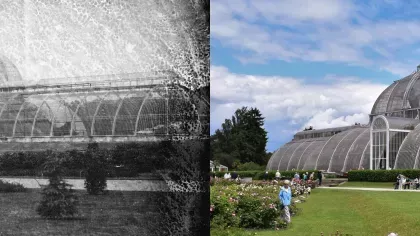2 June 2023
Who was the real Queen Charlotte?
You’ve seen the Bridgerton version – now read the real story.

If you’ve seen Netflix’s blockbuster period drama Queen Charlotte: A Bridgerton Story, you may be wondering how much of its sweeping romance is based on reality.
Kew Palace, where Queen Charlotte and King George III lived with their family, still survives today as a museum full of intimate details about their lives together. So who was Charlotte? Did she really have a dramatic love story with George? And what happened to them in the end?
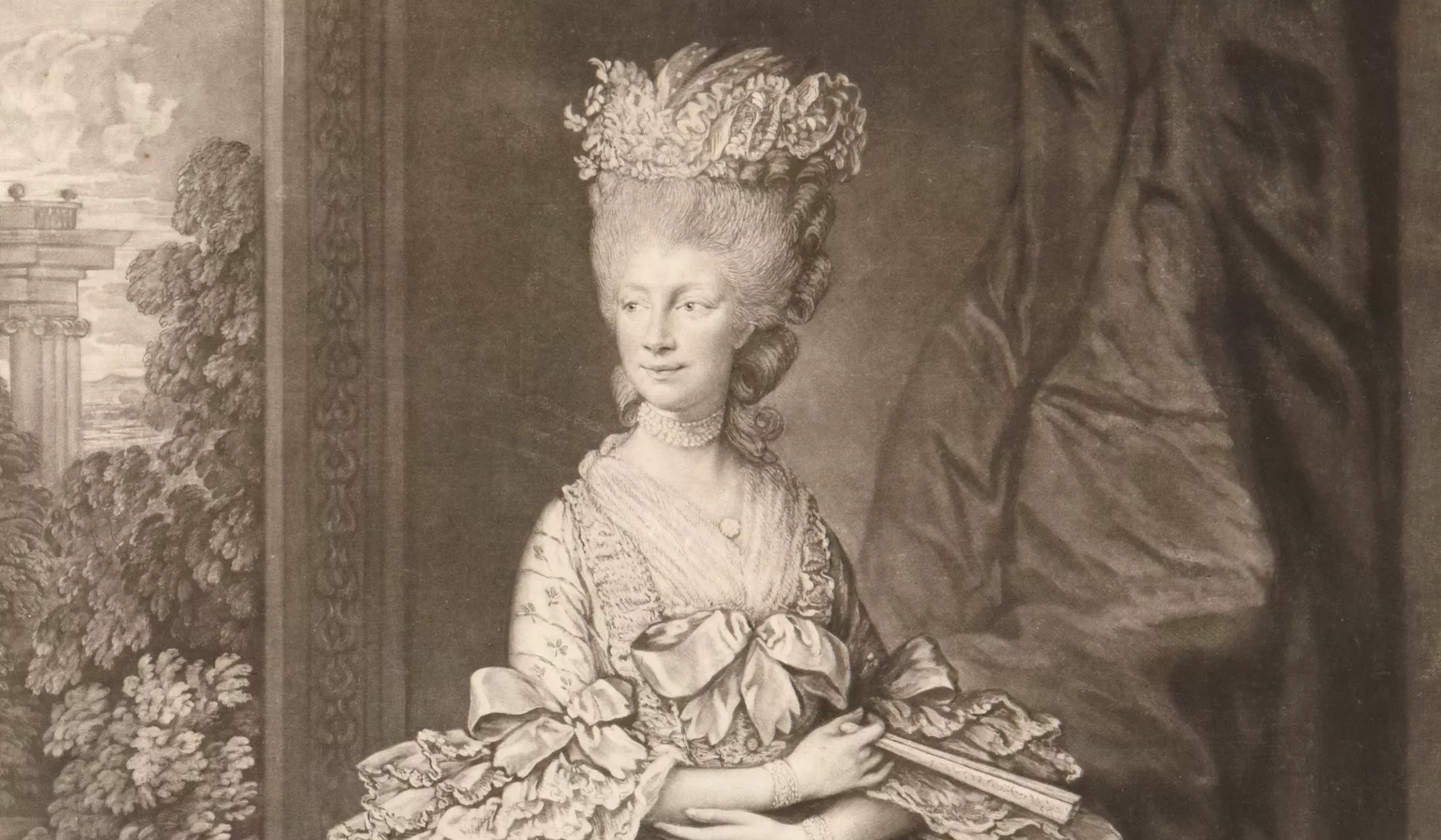
Charlotte and George
Charlotte arrived in England in 1761 aged seventeen, underweight from seasickness and speaking only German. George was twenty-two, intellectual and shy. They really did fall in love and there’s no evidence that she tried to run away like her onscreen counterpart did.
She and George had a lot in common; the two played duets on flute and harpsichord and went out to concerts and plays together, not to mention producing fifteen children. She knew about George’s mysterious illness from early in their marriage and they still had twenty-five happy years together until his health worsened.
‘George III was unwell in 1765. There is some unreliable evidence that Princess Augusta, George’s mother, tried to hide this from Charlotte - but it’s an account of a woman writing an account that happened before she was even born’, says Polly Putnam, curator of collections at Historic Royal Palaces.
George had a passion for science and astronomy. He was keen on agriculture, which earned him the nickname Farmer George, and wanted to do his best as King. He had the King’s Observatory built at nearby Richmond in 1769 to observe the transit of Venus – it’s still there today.
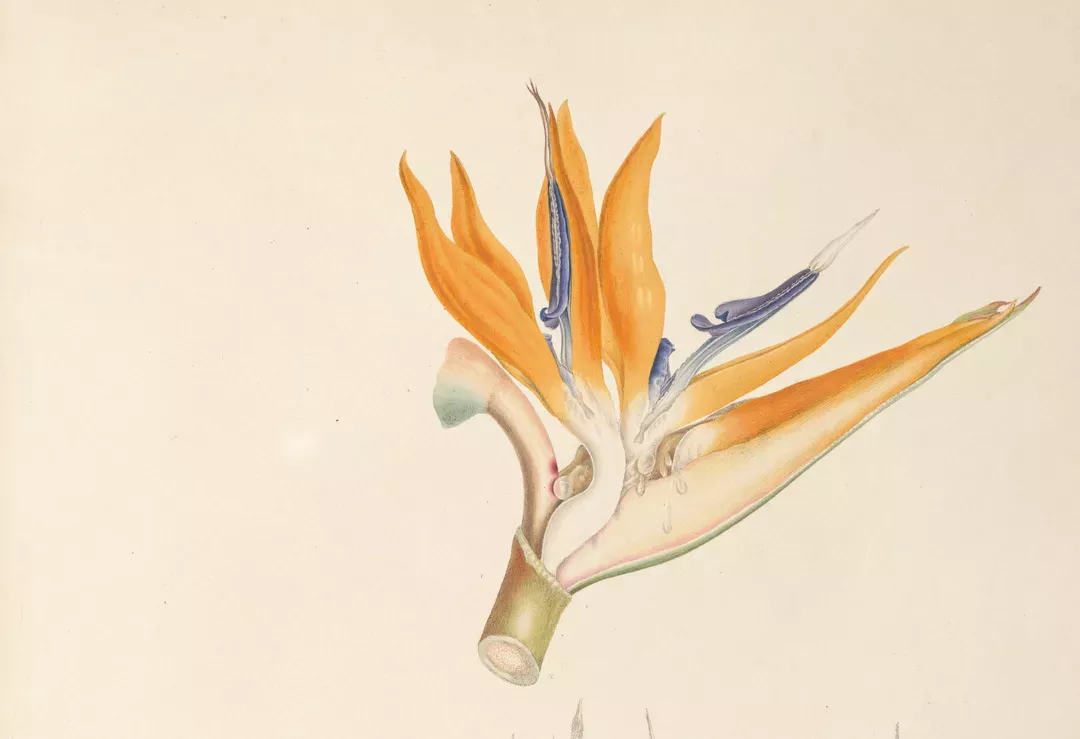
Charlotte came to share George’s love of science and her social circle included the botanist Sir Joseph Banks, who named the bird of paradise flower, Strelitzia reginae, after her: a reference to Charlotte’s birthplace of Mecklenburg-Strelitz in Germany.
She was also friends with some of the era’s most intellectual women, including novelist Fanny Burney and naturalist Elizabeth Harcourt. In a letter to a friend, Charlotte once said:
‘I am of the opinion that if women had the same advantages as men in their education they might do as well.’
A keen amateur botanist, Charlotte was tutored by Kew’s first botanical illustrator, Franz Bauer. She drew and catalogued many of the plants she found while she wandered Kew Gardens alone and unescorted.
Did you know?
The Princess of Wales Conservatory is named after Princess Augusta, George III’s mother, who founded Kew Gardens in 1759.
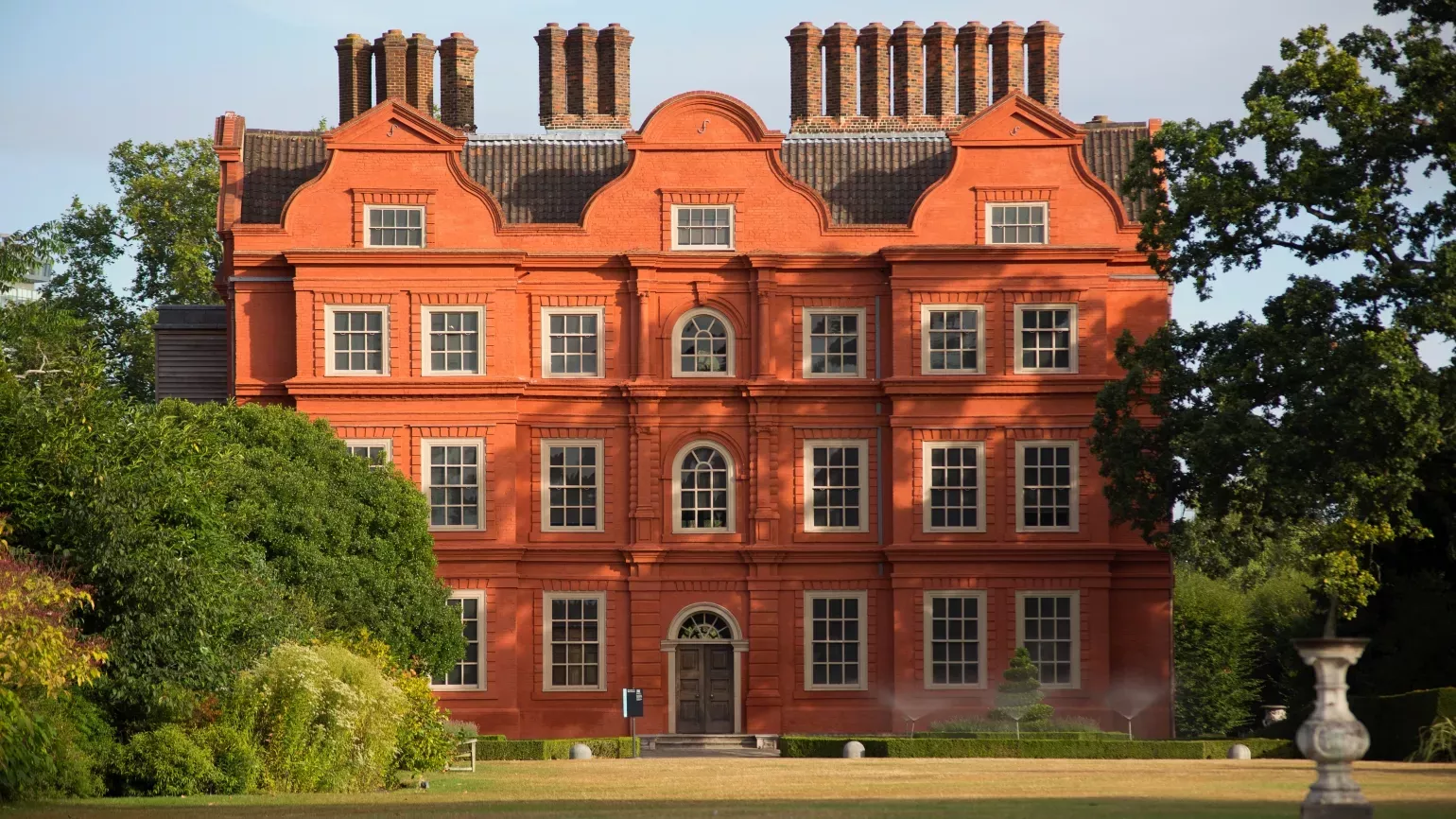
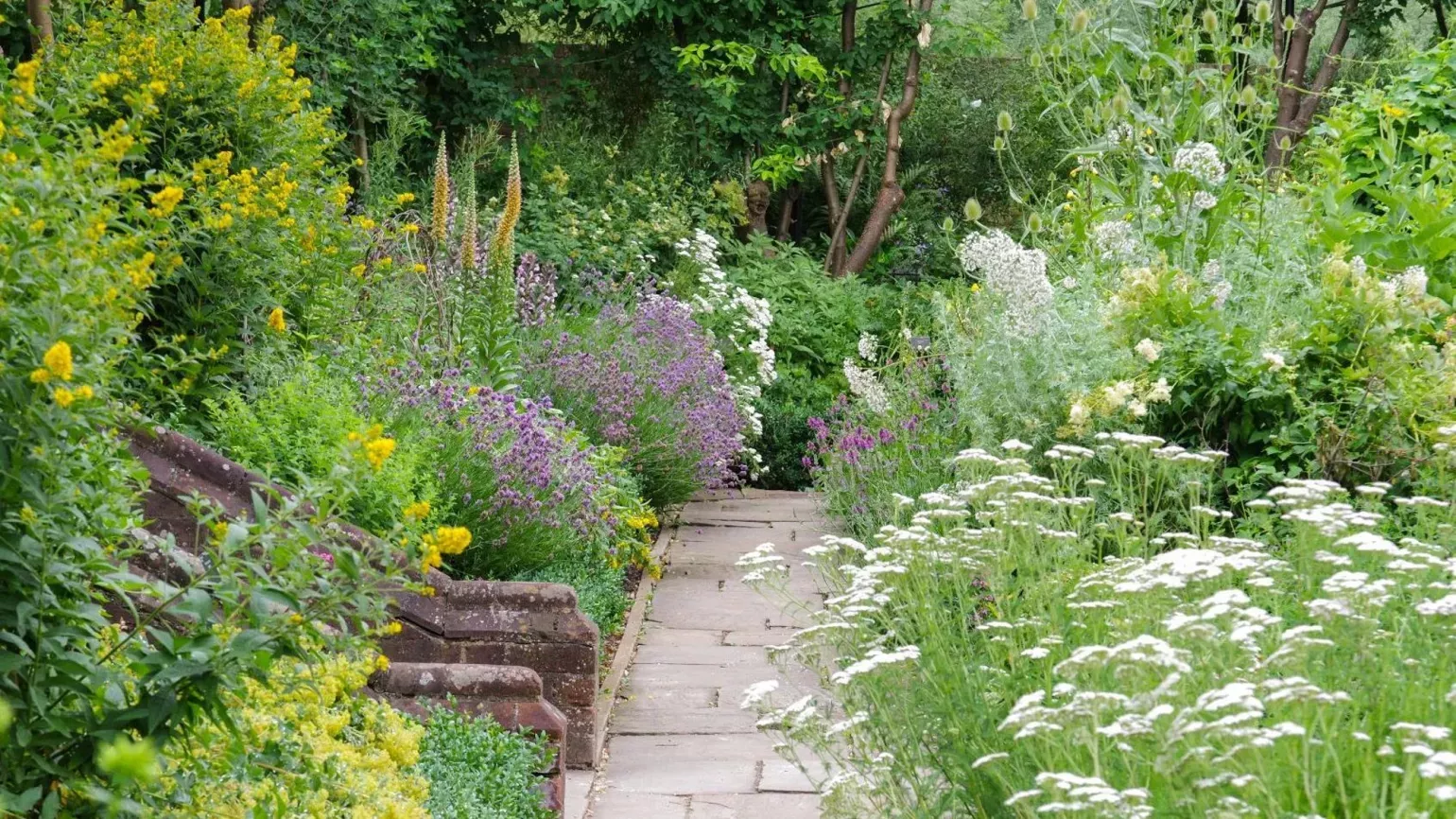
A private palace
The Kew Palace you can see today, where Charlotte, George and their children lived, doesn’t quite look like the one on TV. Queen Charlotte filmed its Kew scenes at Waddesdon Manor in Buckinghamshire, based on a larger palace known as the White House that once stood nearby: a sundial now marks the spot. The current Kew Palace is the smallest of all the royal palaces, built as a silk merchant’s mansion in 1631.
Queen Charlotte and her family used Kew as a summer retreat where they could relax in the gardens away from the public eye. George was sent there to recover from his illness – although the harsh ‘treatments’ probably did more harm than good.
‘The small building you see today was George's house when he was Prince of Wales. He was treated at the White House in 1789, then the palace itself in 1801 and 1804,’ says curator Polly Putnam.
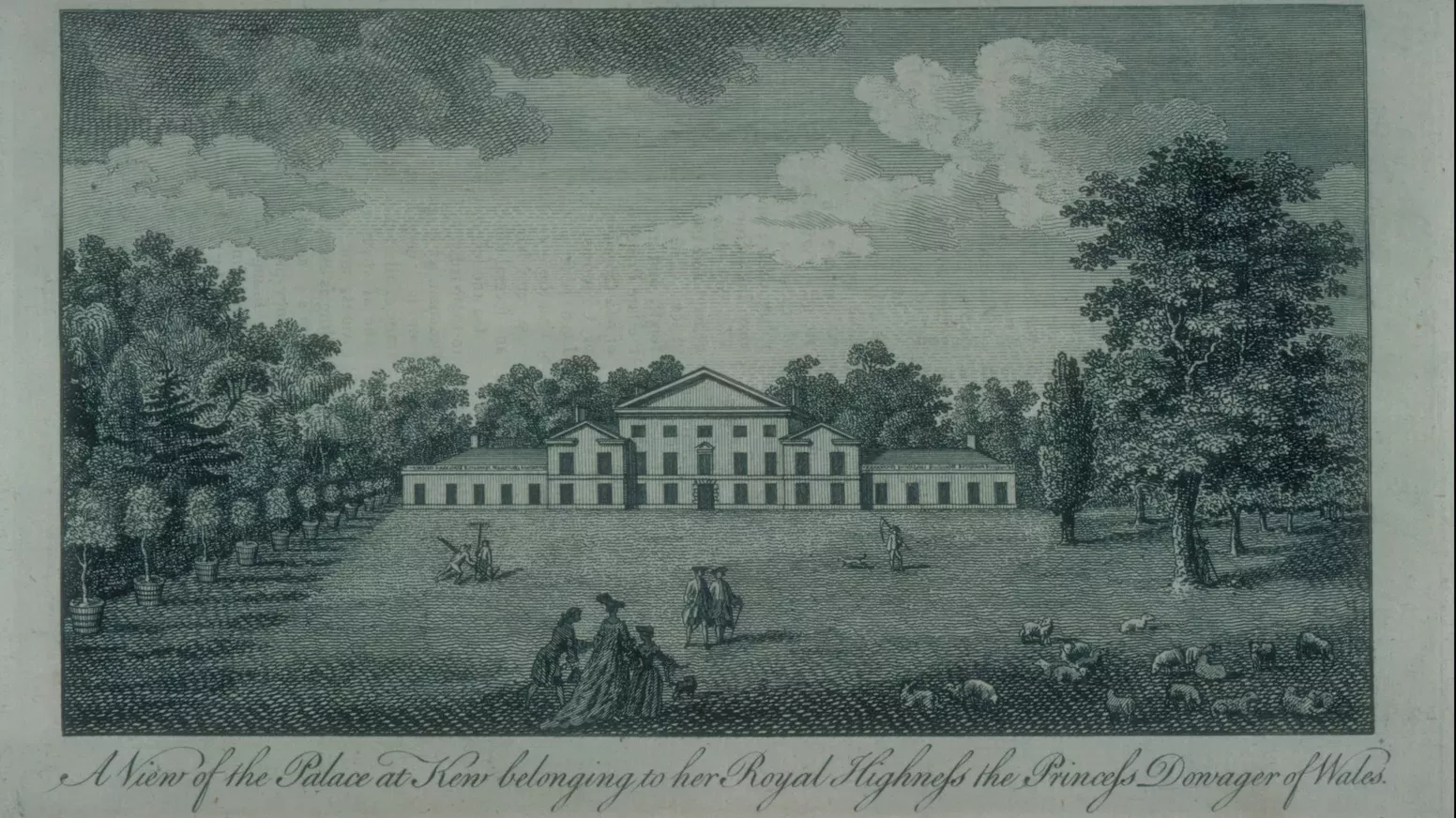
Today, you can walk through Kew Palace and take an intimate peek into Georgian royal family life. Their bedrooms, the parlour and drawing room, the royal kitchens and some of their possessions – including a bathtub belonging to George – are all on display. Behind it, we've recreated a 17th century ornamental garden alongside the Queen's Garden, which has a stunning laburnum arch. Kew Palace is open every day from 11am to 4pm.
In documents and letters, you’ll also find the story of the family tension over who would take power as Regent if the King was unfit to rule. Eldest son George IV won, ushering in the Regency era where the world of Bridgerton, based on books by Julia Quinn, is set.
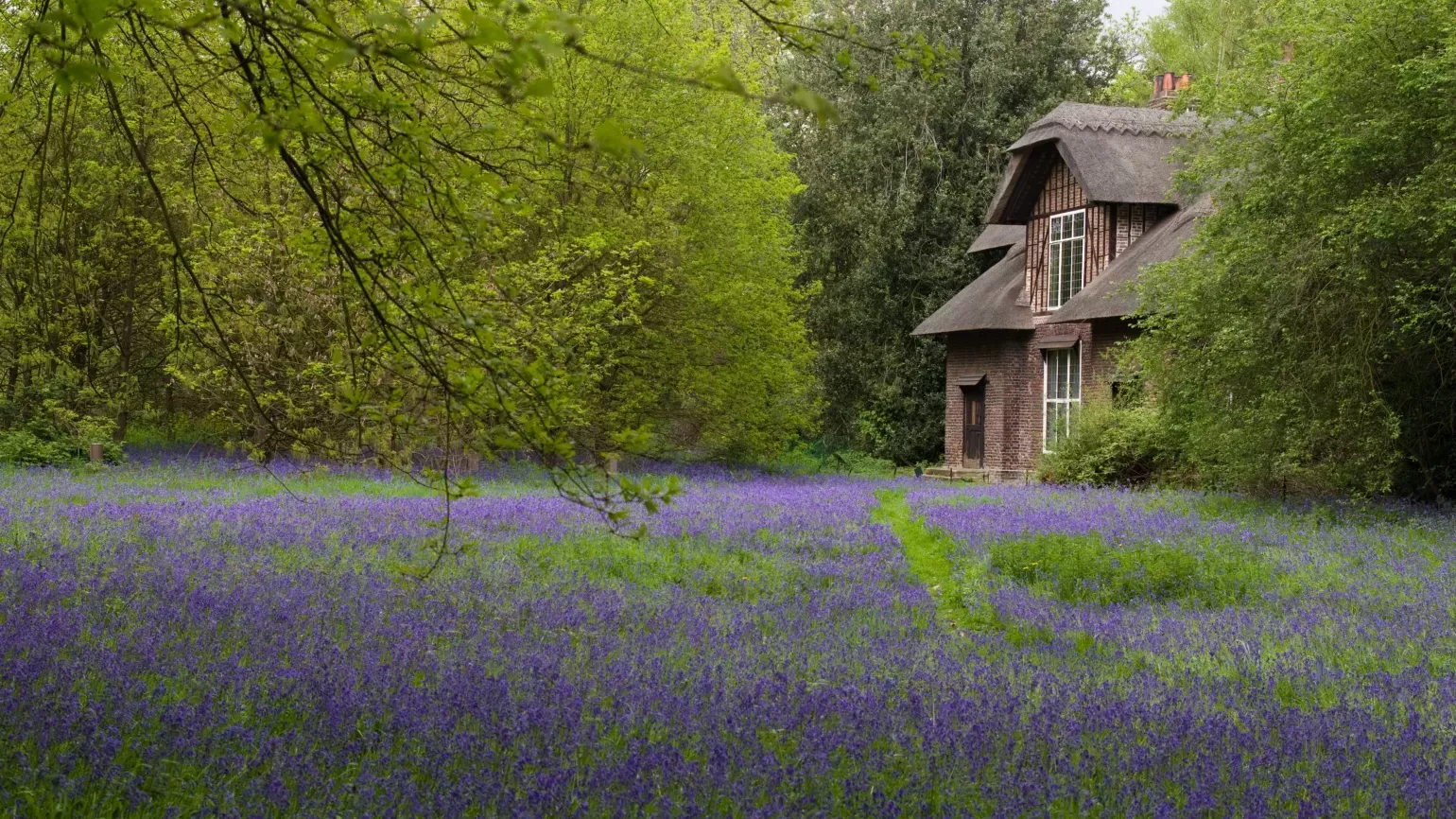
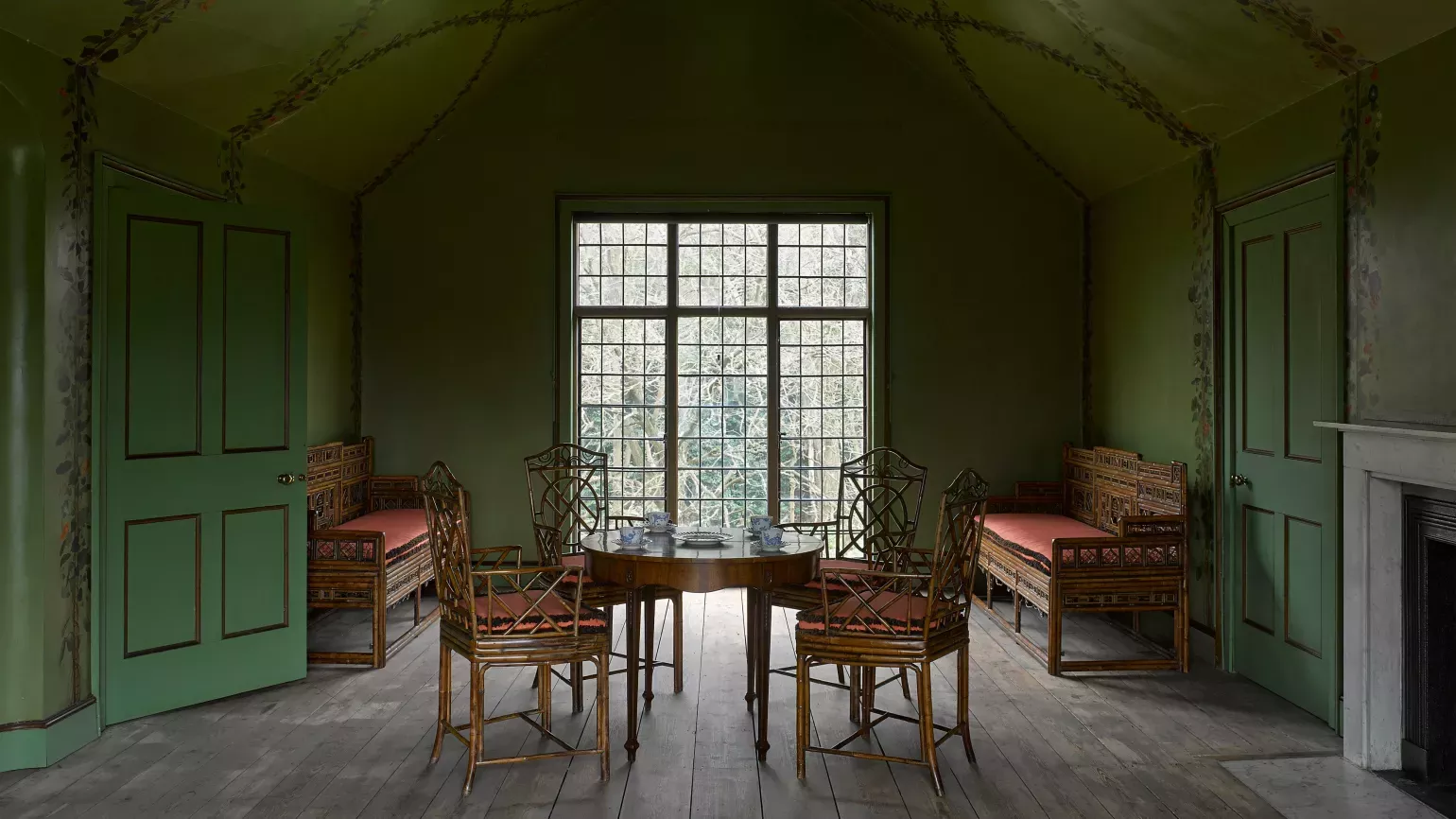
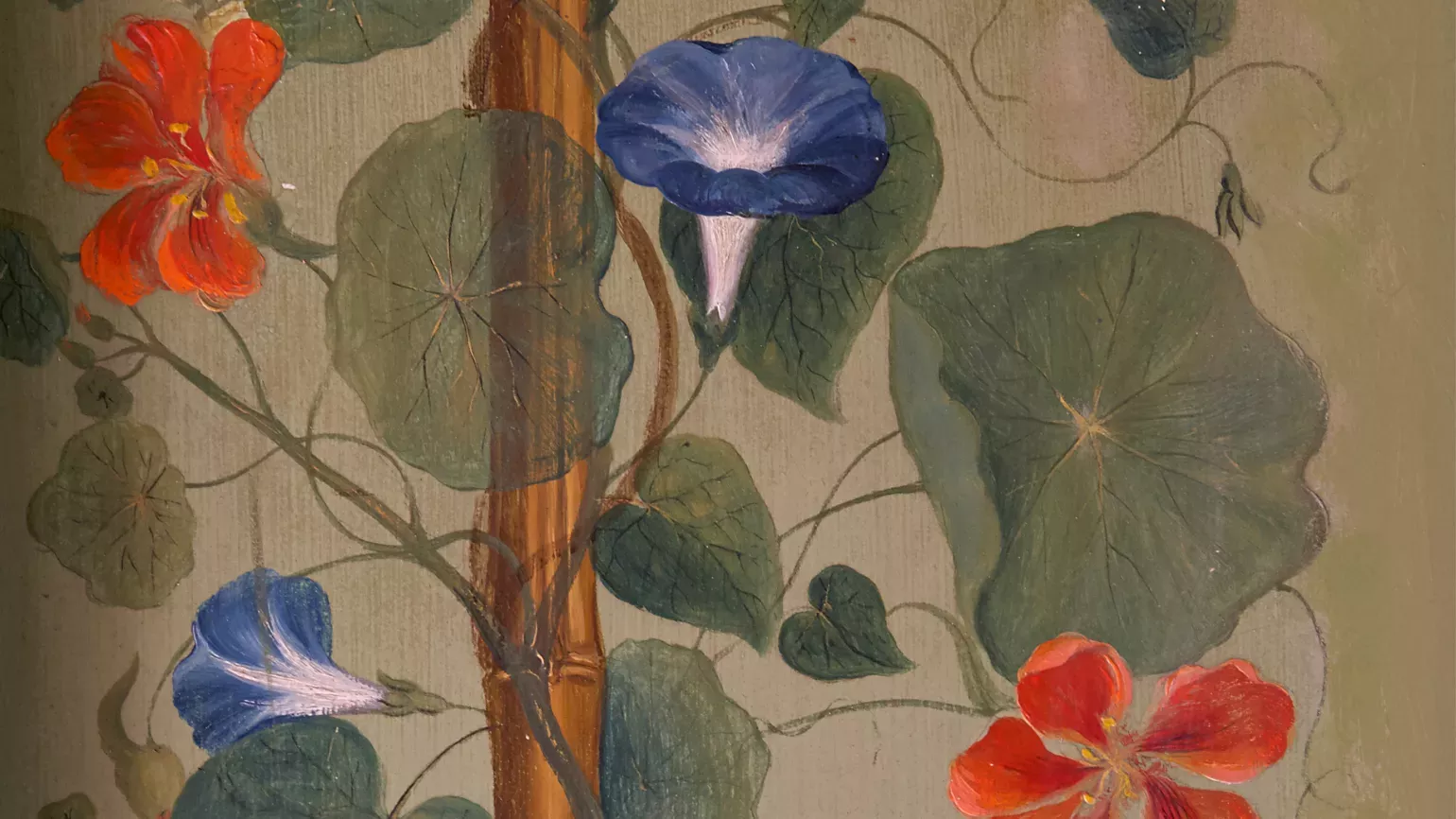
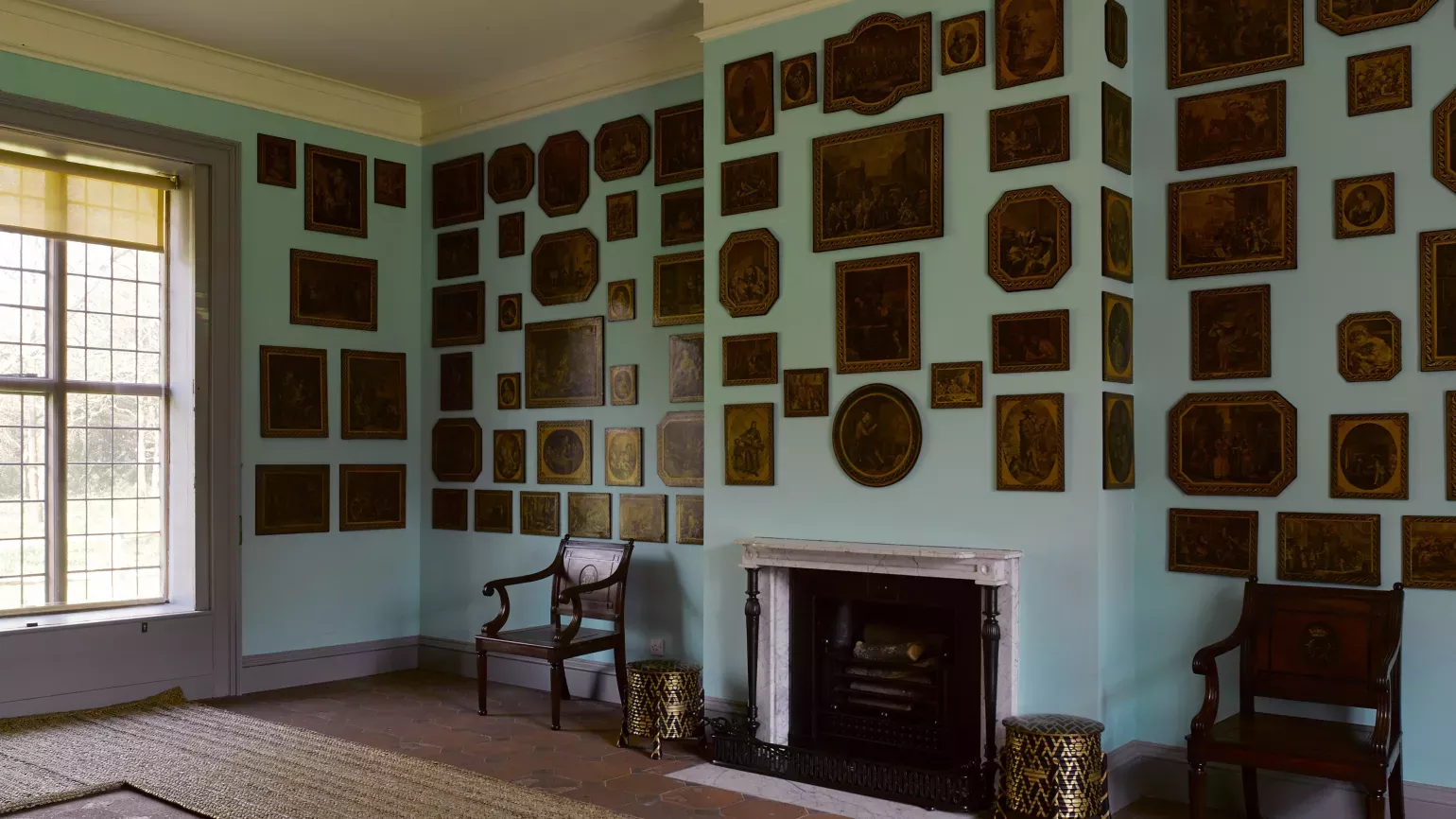
Queen Charlotte's Cottage
Queen Charlotte’s Cottage is hidden away at the opposite end of Kew Gardens from the Palace. Charlotte had it built in the early 1770s, not to live in, but as a ‘rustic retreat’ where she could bring the family for tea or an afternoon picnic. It originally had a menagerie featuring exotic animals, including some of the first kangaroos to come to the UK.
The cottage is open for visitors on weekends and bank holidays, set in the quiet serenity of Kew's Natural Area. The kangaroos are gone, but keep an eye out for the delicate hand-painted flowers on the walls and ceiling of the Picnic Room.
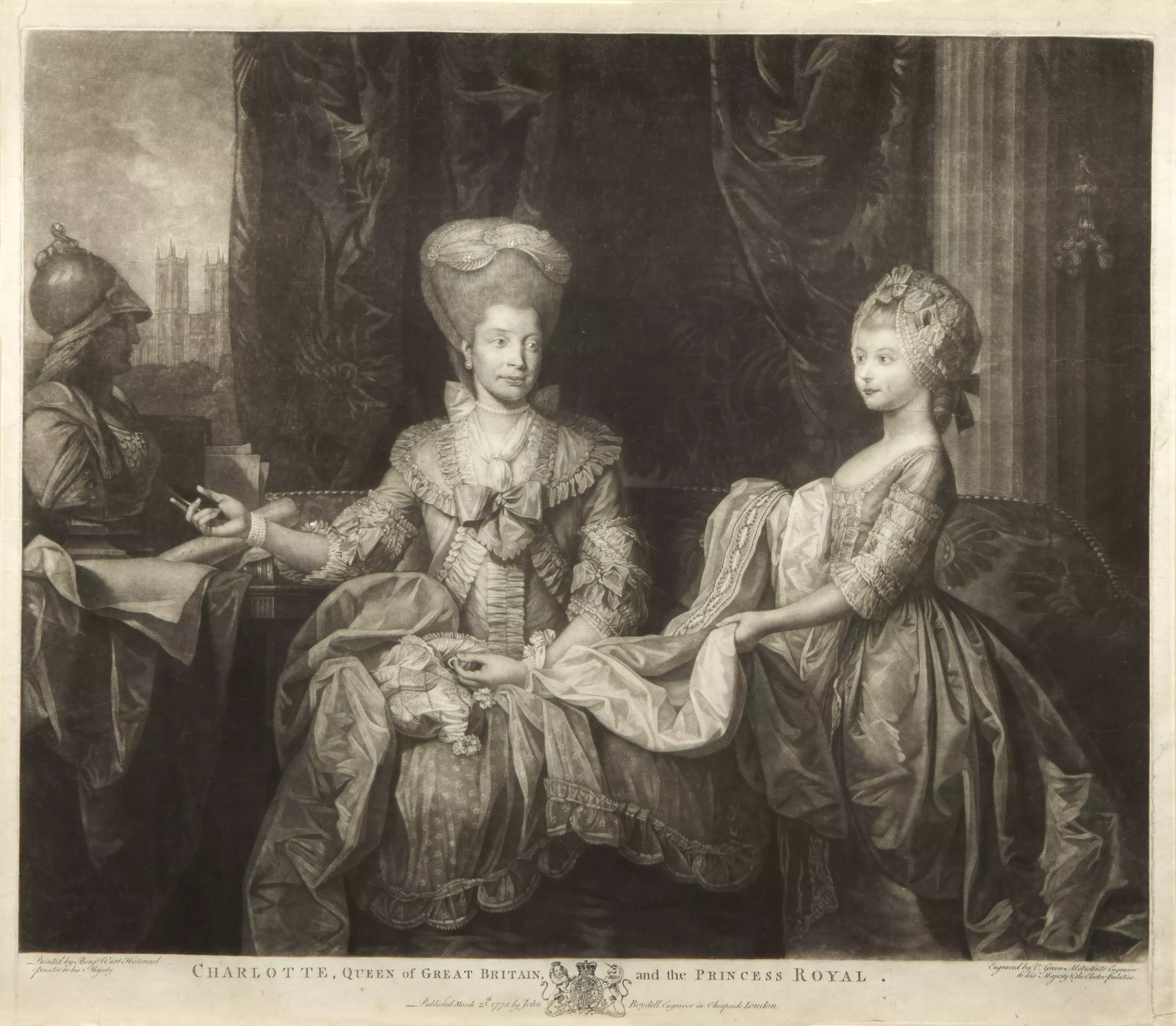
A royal heir
The ‘baby race’ came at the very end of Charlotte’s reign. In 1817 Charlotte’s only grandchild, Princess Charlotte, died in childbirth along with her baby. The Georgian royals urgently needed a new generation.
Bridgerton’s Queen Charlotte is a domineering mother, lecturing her 15 children about their collective failure to produce a (legitimate) royal heir. It’s suggested that her daughters don’t want to get married because they’re worried about leaving their mother alone.
In reality, her daughters were keen to find husbands but were kept secluded at Kew. George didn’t want them sent off to marry foreign princes. Charlotte was strict with them and they had very few visitors because of George’s illness. The princesses called Kew ‘the nunnery’.
‘All the daughters desperately wanted to get married as it was their only chance of having a life resembling any autonomy away from their mother,’ Polly reveals.
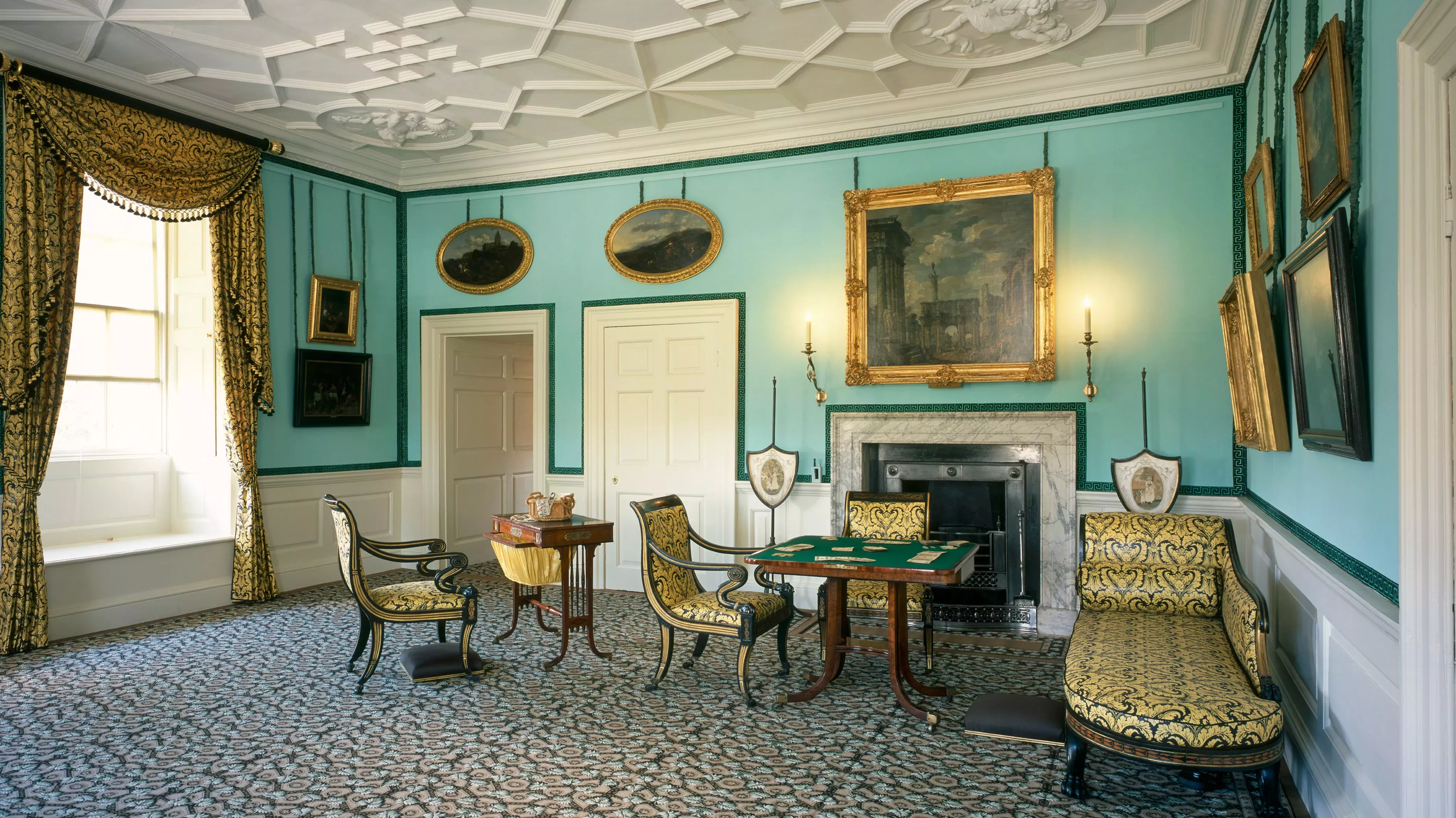
By the time Charlotte’s two sons, the Duke of Clarence and Edward, Duke of Kent, had their double arranged wedding in 1818, Charlotte was seriously ill with dropsy. The ceremony was held at a makeshift altar in the drawing room at Kew Palace so she could be there.
Charlotte died a few months later, surrounded by her children and sitting in her black horsehair armchair – it’s still in her bedroom at Kew Palace today. The next year, her long-awaited royal heir finally arrived: Edward’s daughter, the future Queen Victoria.
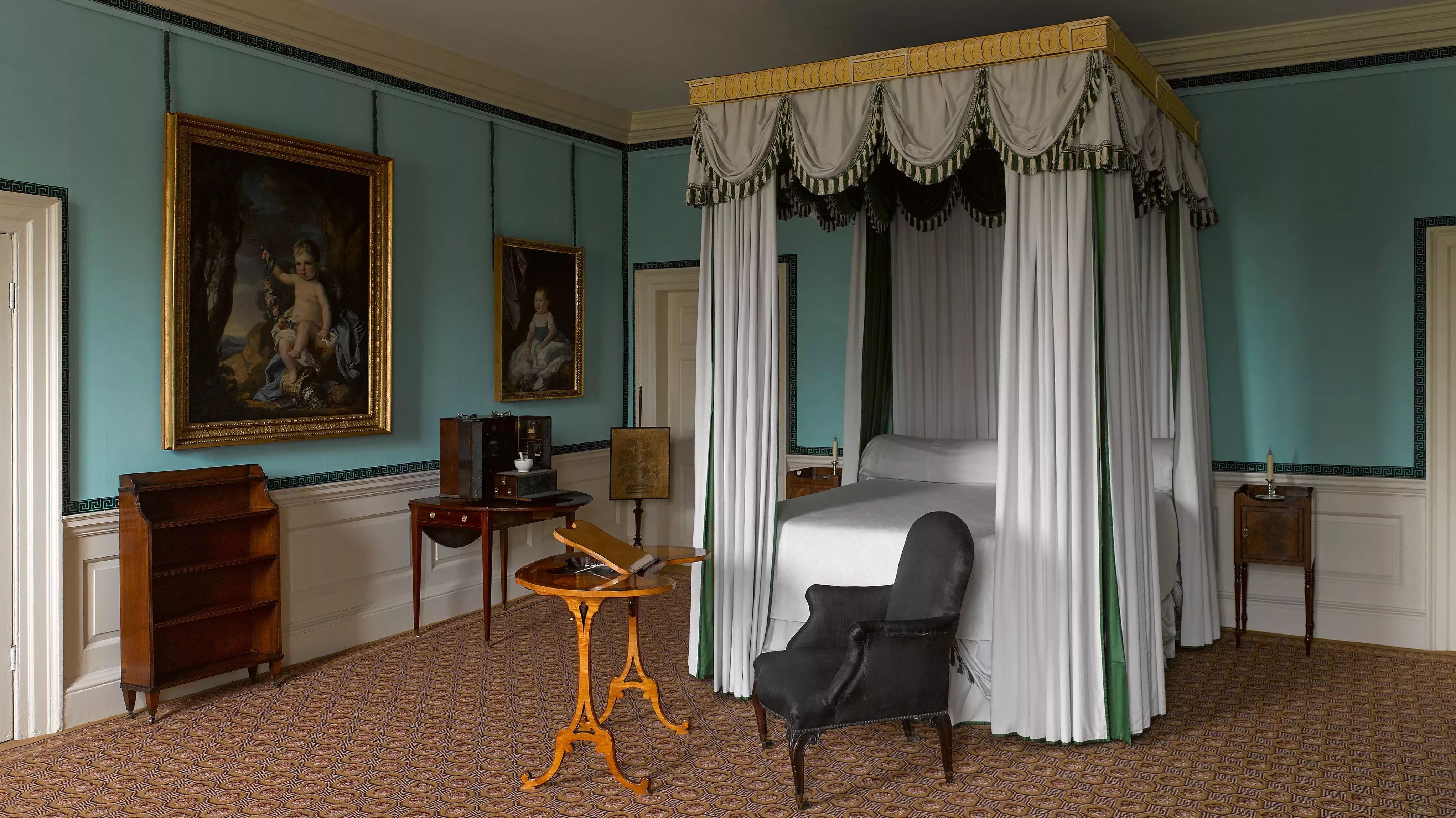
Sorrows, prayers
Even the most loving couple doesn’t always get their fairytale ending. George’s bout of illness in 1788-9 changed their relationship forever. At one point he was possibly violent towards Charlotte; the shock turned her hair white.
‘In his ramblings, he talked of preferences for other women. For a woman whose whole life was dedicated to supporting one man and his children, this would have a devastating effect on their relationship,’ says curator Polly.
There’s evidence that George was still devoted to her throughout his life. When they were separated for her safety, she still wrote to him, calling him ‘my dearest King’. George was eventually moved to Windsor Castle while she looked after the family, doing her best to ensure the future of the Hanover line.
When Charlotte died, the cobbles outside George’s rooms at Windsor were covered with straw so he couldn’t hear her funeral procession. He followed her just two years later.
We know and love the Regency era as the setting for period dramas full of gorgeous dresses and parlour intrigue. Through the spotlight on Queen Charlotte, we get a glimpse into the human side of the Georgian royals and the family tragedy behind it all. In the rooms where they lived and loved, they almost feel alive again.
